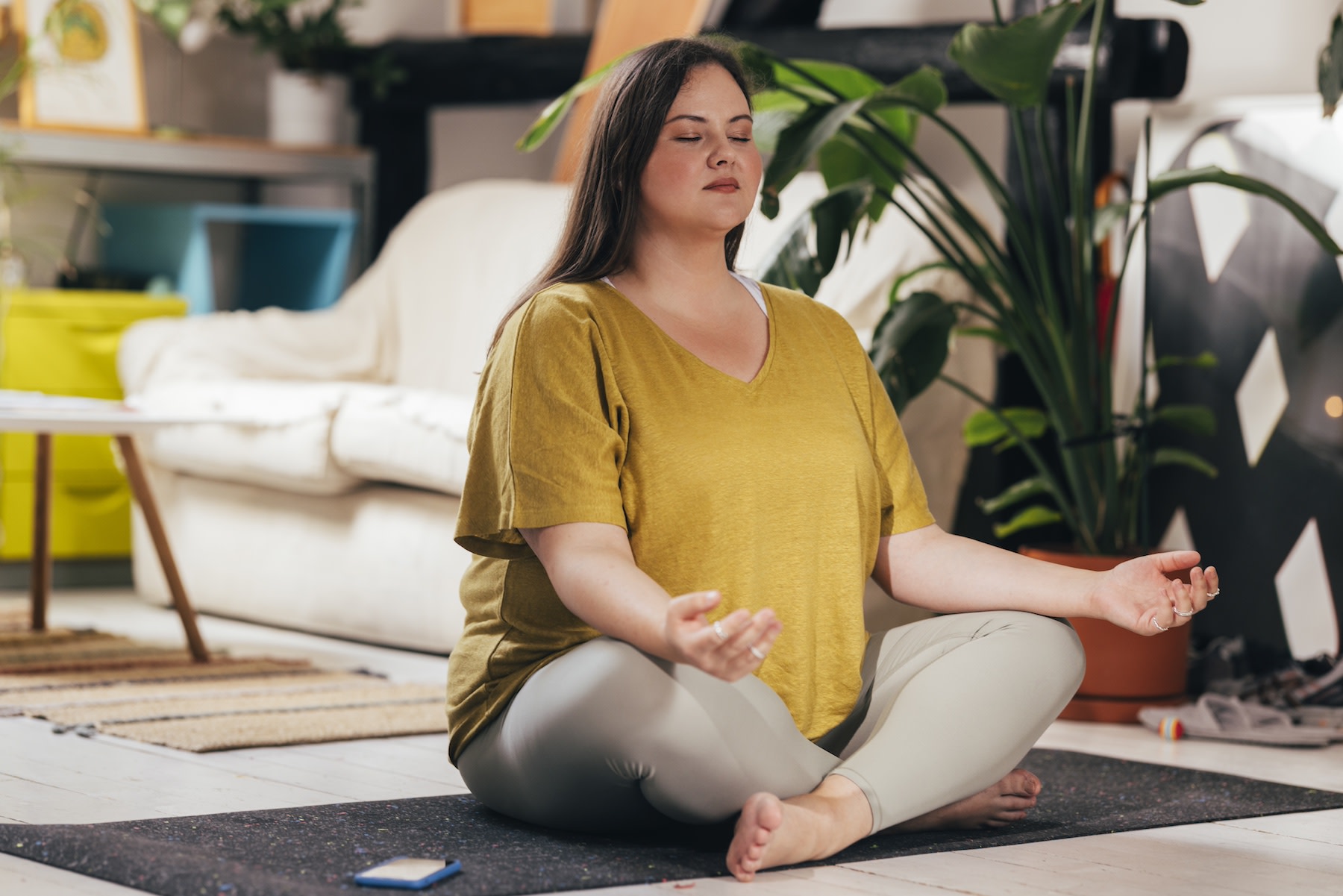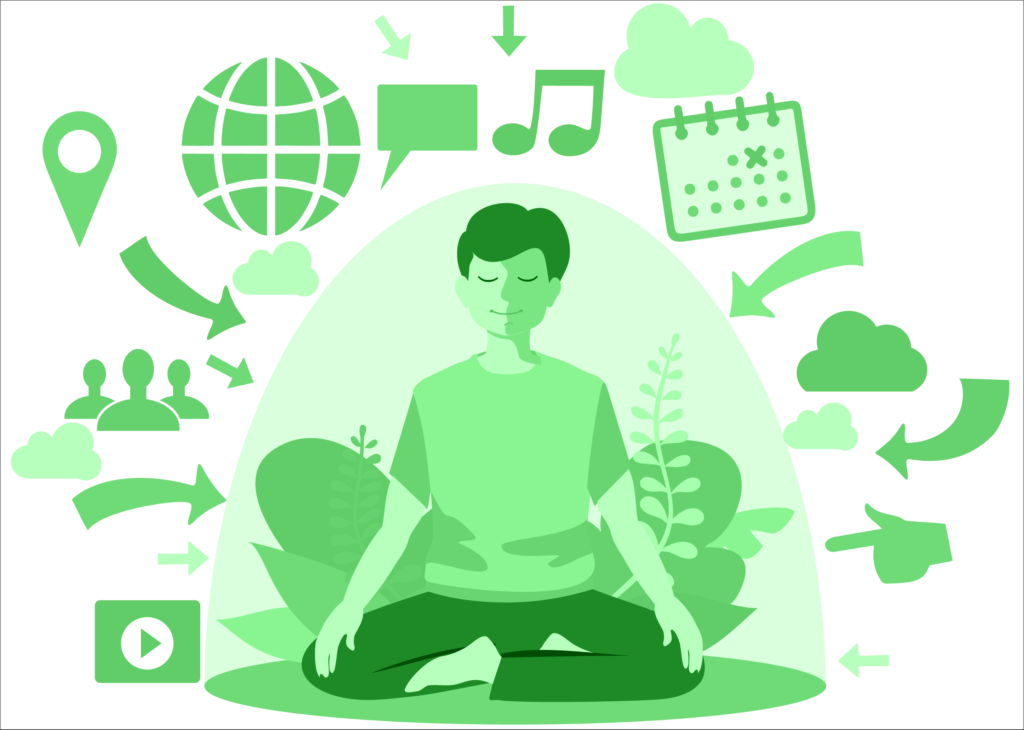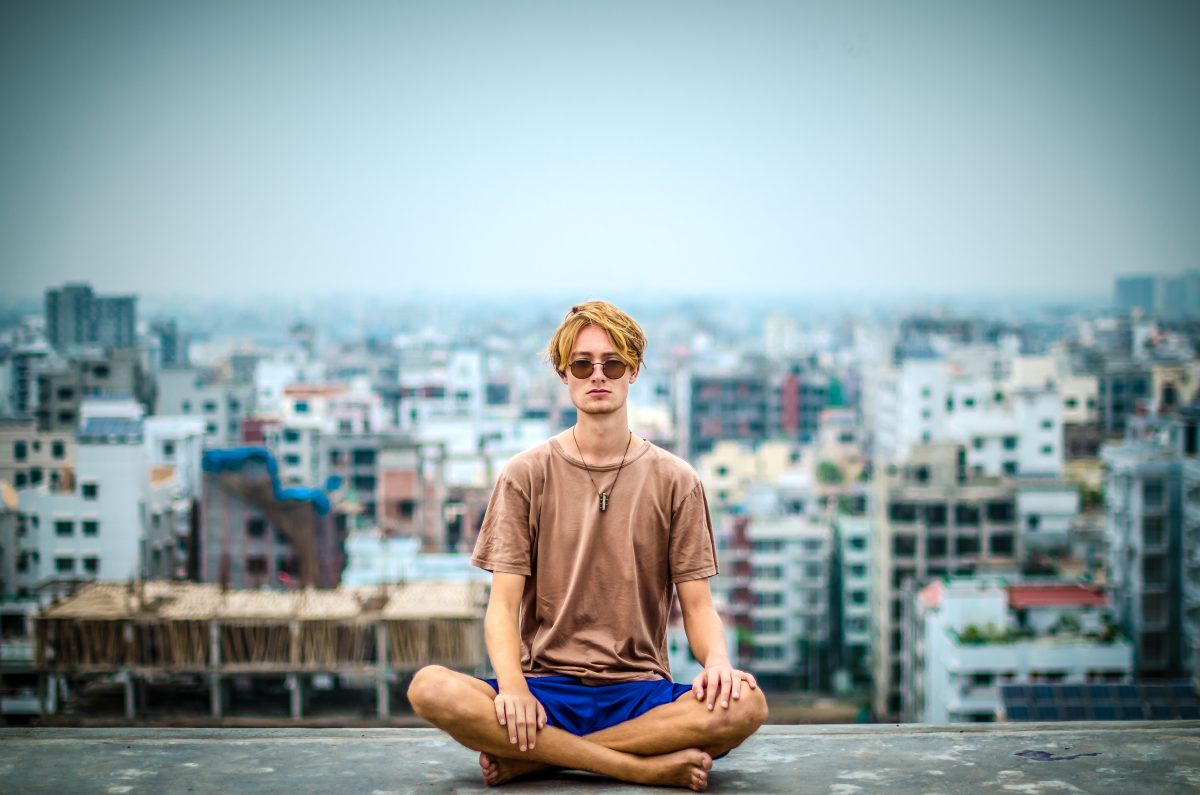Exactly How to Meditate: A Step-by-Step Strategy to Achieving Mindfulness and Calmness
Meditation serves as a powerful tool for accomplishing mindfulness and emotional calmness in a busy world. By recognizing the basic concepts and strategies entailed in reflection, individuals can cultivate a practice that enhances their overall well-being.
Understanding Meditation
Comprehending meditation involves comprehending its essential principles and techniques, which function as the foundation for the technique. At its core, meditation is a psychological workout targeted at promoting leisure, building inner energy, and developing concern and understanding. The method urges people to concentrate their attention, usually via methods such as deep breathing, visualization, or rule rep.
Meditation can be classified into various designs, consisting of mindfulness, transcendental, and loving-kindness meditation, each with unique objectives and methodologies. Mindfulness reflection highlights present-moment awareness and non-judgmental monitoring of sensations and thoughts, while transcendental reflection entails the use of details concepts to transcend common thought procedures. Loving-kindness meditation concentrates on creating a perspective of love and empathy in the direction of oneself and others.
No matter the technique used, the main objective stays constant: to grow a much deeper understanding of the mind and its patterns. This self-awareness fosters psychological durability, clarity of idea, and an extensive sense of calm (How to meditate?). By recognizing these strategies and principles, individuals lay the foundation for a successful meditation technique that can considerably boost their overall health
Preparing for Your Practice
Prior to beginning your meditation method, it is important to develop a setting for concentrate and relaxation. Select a quiet space where you are not likely to be disrupted. This can be a corner of an area, a yard, or any location that stimulates a sense of peace. Make certain that the area is free and clean of mess, as a neat atmosphere can aid clear the mind.
Take into consideration the lights, as natural light can enhance your mood and power. Soft, warm lighting is usually a lot more relaxing than rough fluorescent lights. Additionally, pick a comfy temperature, making sure that you are neither also warm neither as well cool.
Integrating elements that promote harmony can better boost your experience. This could consist of soft paddings or coverings for convenience, in addition to soothing fragrances from essential oils or scent. It can additionally be beneficial to have actually a timer established for your reflection session to stop disturbances from clock-watching.
Standard Meditation Methods

Another reliable method is body check reflection. This involves psychologically checking your body from head to toe, noticing any type of areas of stress or pain and consciously kicking back those muscular tissues. This practice fosters a much deeper connection in between your body and mind.

Last but not least, loving-kindness reflection concentrates on growing empathy towards on your own and others. Quietly repeat phrases of a good reputation, improving psychological wellness and interconnectedness. Each of these techniques works as a foundation for your meditation trip, allowing you to locate the technique that resonates ideal with your personal technique.
Preserving Focus and Mindfulness

Establishing a committed reflection room can boost the capacity to keep mindfulness. A silent, minimalist environment minimizes interruptions, enabling deeper immersion in the practice. Additionally, establishing a time limit can assist manage expectations; beginning with much shorter sessions might reduce the transition into longer techniques.
Making use of strategies such as body scanning or observing experiences can also boost mindfulness. These techniques motivate practitioners to stay present and engaged with their physicality, anchoring their focus in the minute. Regular technique is important; the brain constructs resilience with time, developing a stronger capability for focus.
Incorporating Reflection Into Every Day Life
Incorporating reflection right into life can change routine tasks into chances for mindfulness Extra resources and self-reflection. By incorporating mindfulness methods right into common jobs, individuals can cultivate a higher sense of presence and harmony amidst the numerous hours of daily life.
Begin by identifying minutes throughout your day where you can stop briefly and exercise mindfulness. Throughout your morning commute, focus on your breath or the feelings of the environment around you. In the kitchen, method food preparation as a reflective practice, relishing the textures, shades, and aromas of the active ingredients. Also mundane tasks like cleaning meals or strolling can become chances for reflection by routing your attention to the feelings of activity and the audios surrounding you.
Furthermore, setting aside devoted times for reflection can strengthen its method. Beginning with short sessions, gradually boosting period as you come to be more comfy. Usage reminders or cues-- like a certain time of day or a soothing sound-- to develop uniformity.
Eventually, the goal is to weave mindfulness right into the material of everyday life, permitting you to approach each minute with intent, thus improving your overall feeling of health and clarity.
Verdict
Finally, effective reflection calls for a silent environment, a comfy useful reference placement, and a focus on the breath. By permitting thoughts to emerge without judgment and continually redirecting attention to the breath, practitioners can accomplish improved mindfulness and harmony. Integrating different methods, such as body scanning and loving-kindness phrases, can better enrich the method. Regular reflection, even in brief sessions, cultivates a deeper connection to today minute, ultimately leading to better calm and mental clearness in life.
Reflection can be categorized right into various designs, consisting of mindfulness, transcendental, and loving-kindness meditation, each with unique purposes and techniques. Mindfulness reflection emphasizes present-moment understanding and non-judgmental monitoring of sensations and thoughts, while copyright entails the use of certain concepts to transcend regular idea procedures.With your meditation space prepared, it's time to explore different standard reflection techniques that can assist grow mindfulness and inner tranquility.Regularly preserving emphasis and mindfulness throughout meditation can be tough, particularly for those brand-new to the practice.Establishing a committed reflection space can enhance the capability to preserve mindfulness.